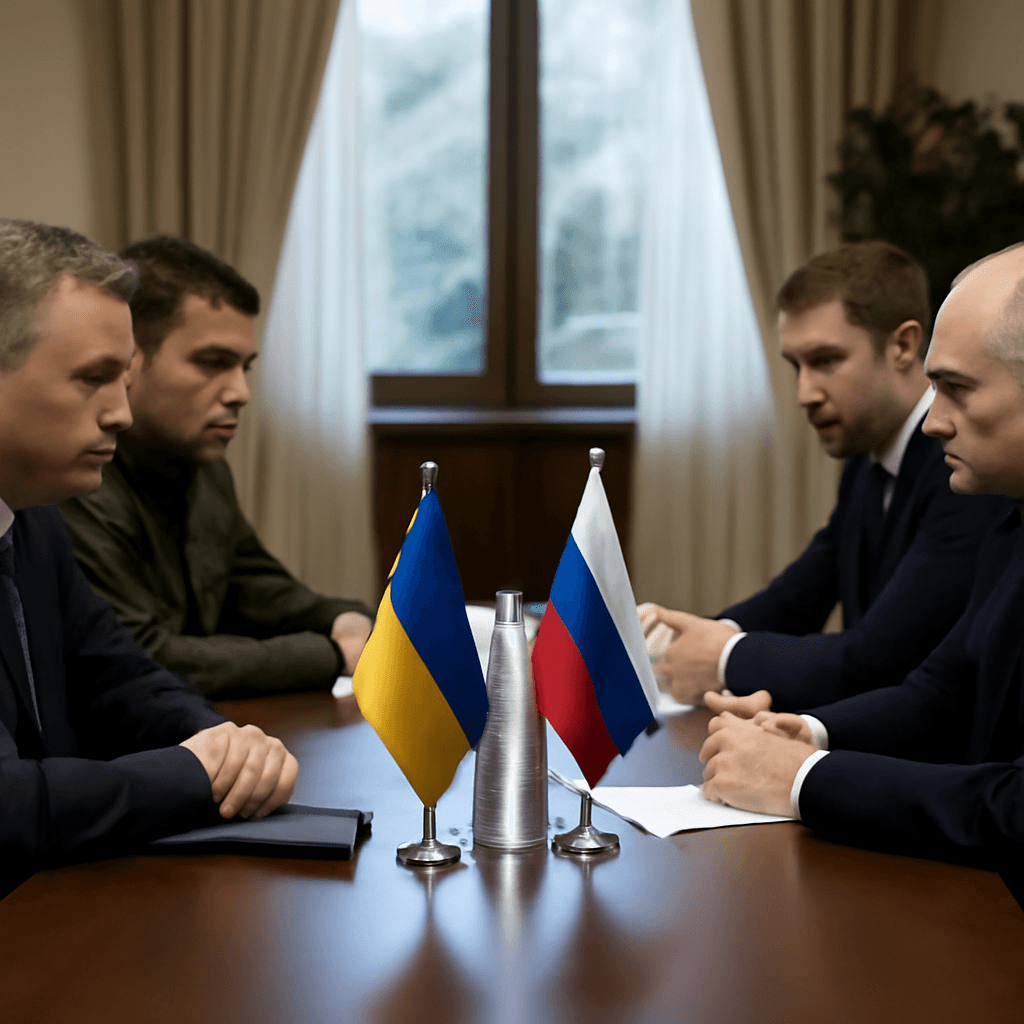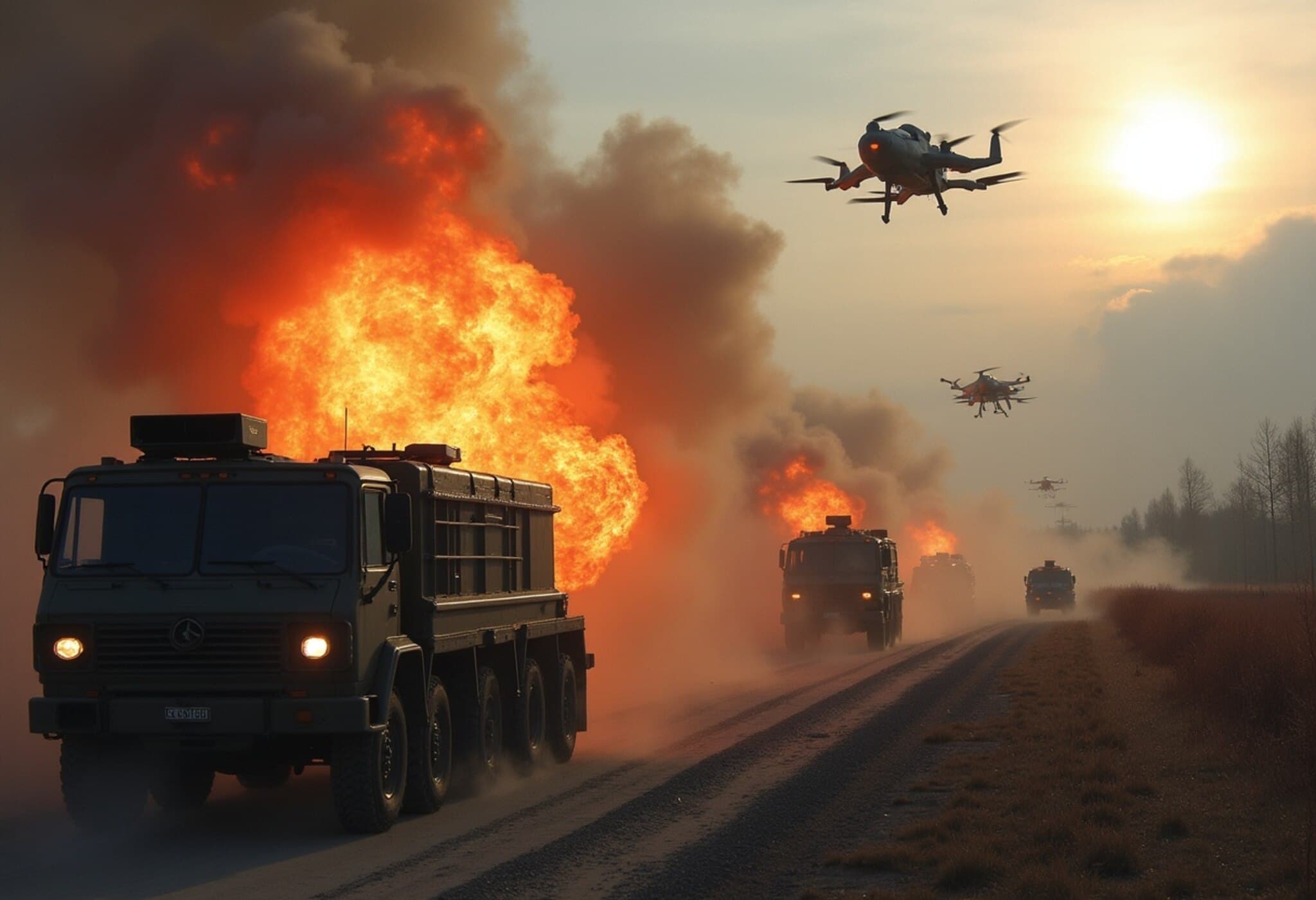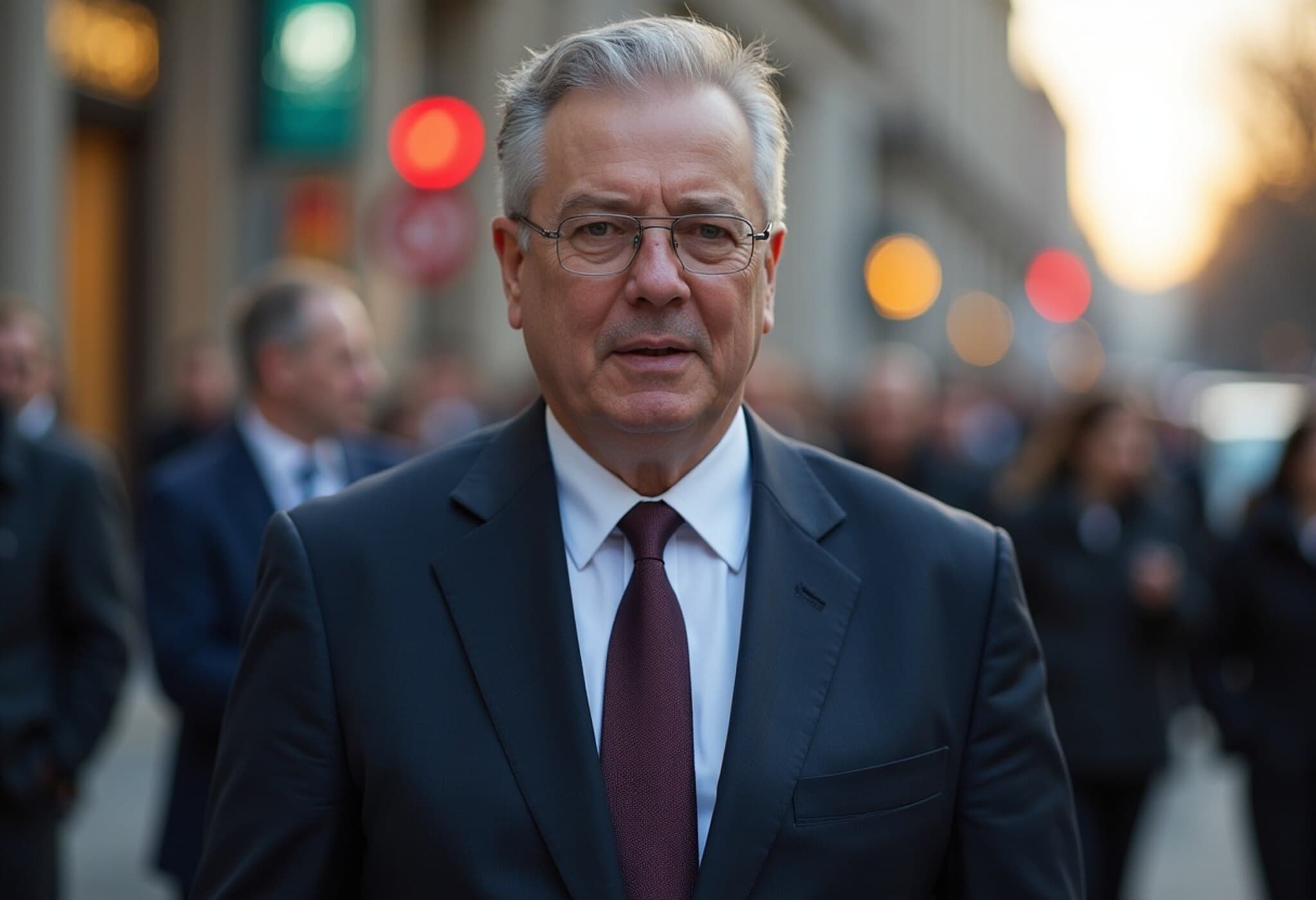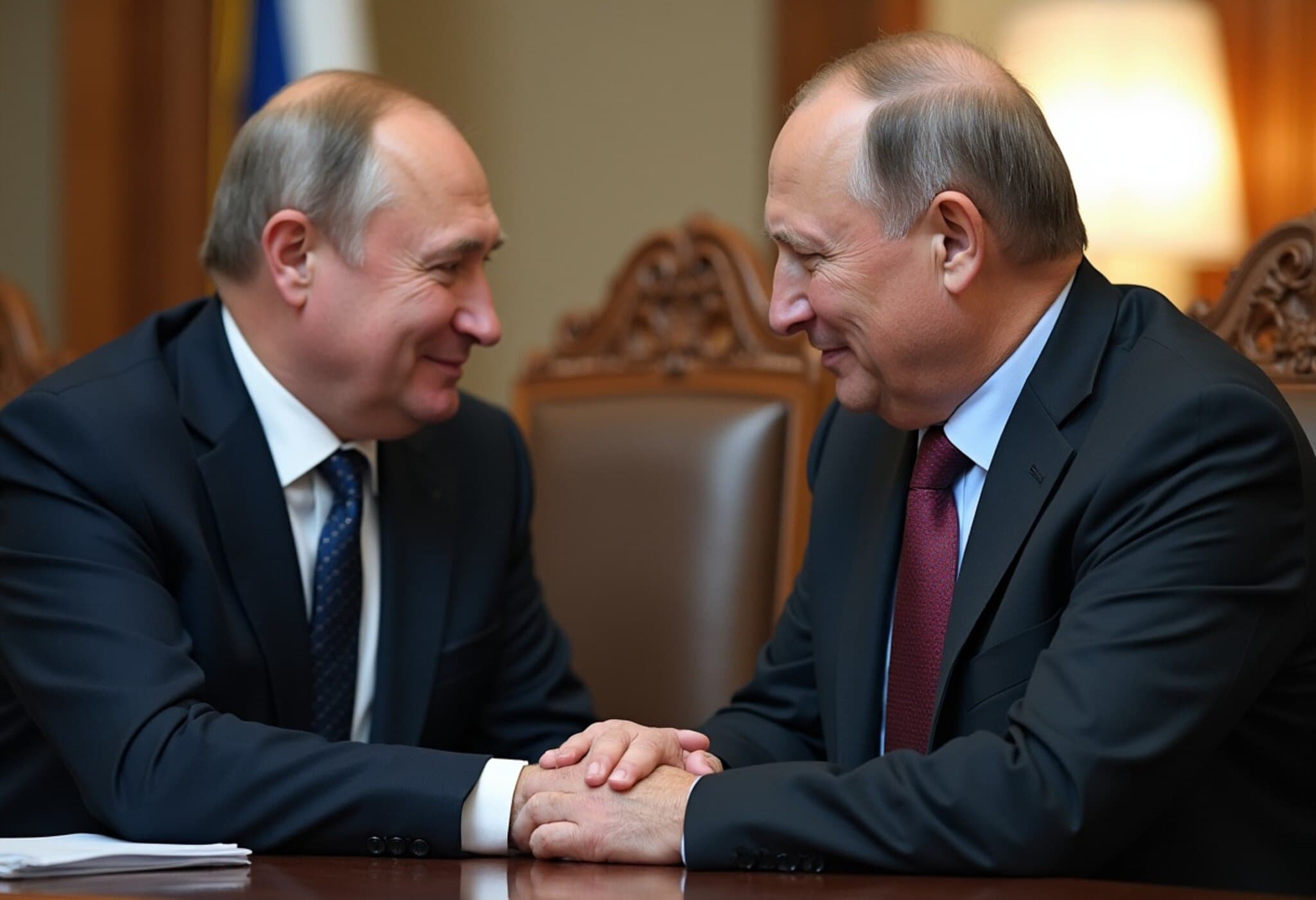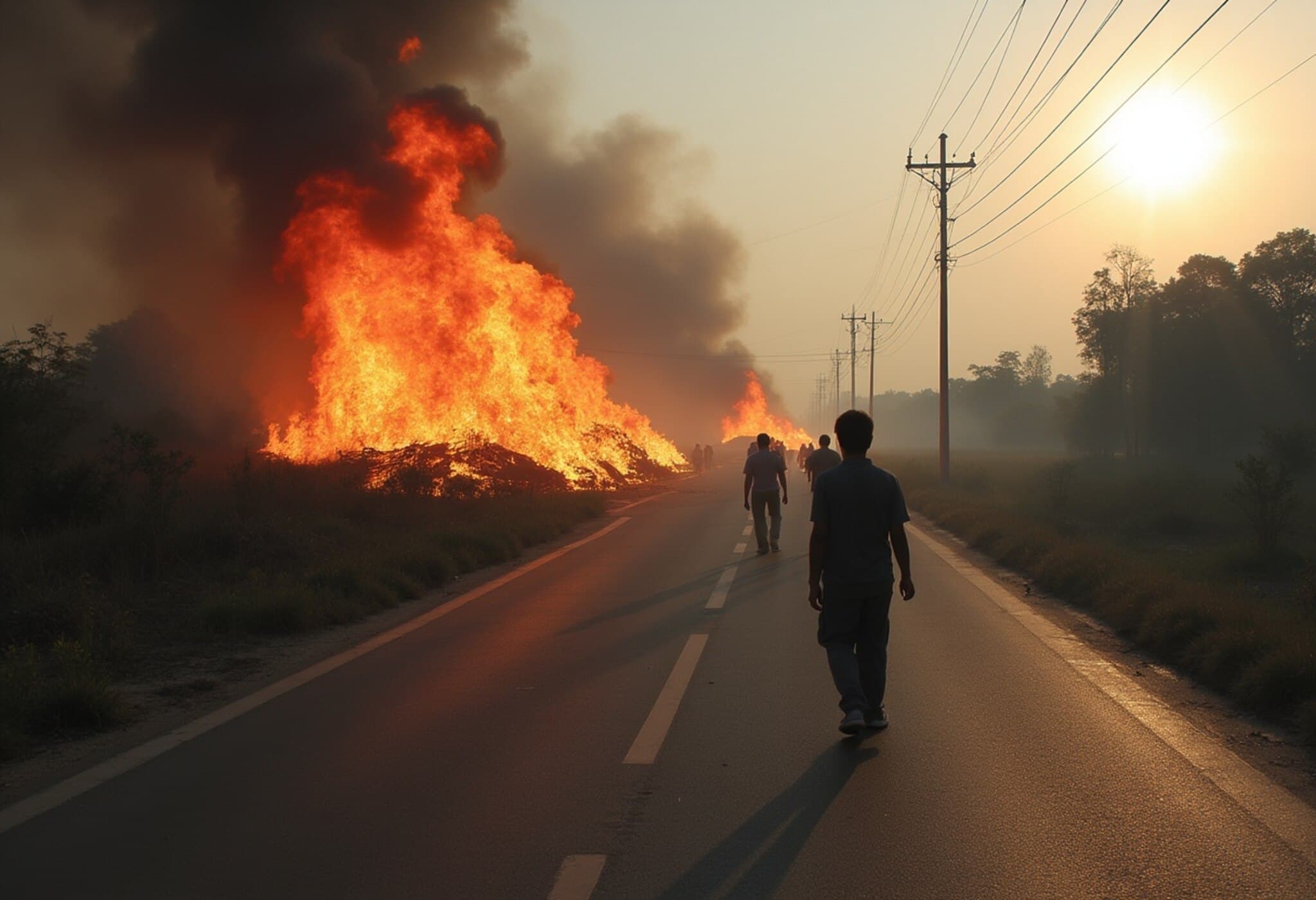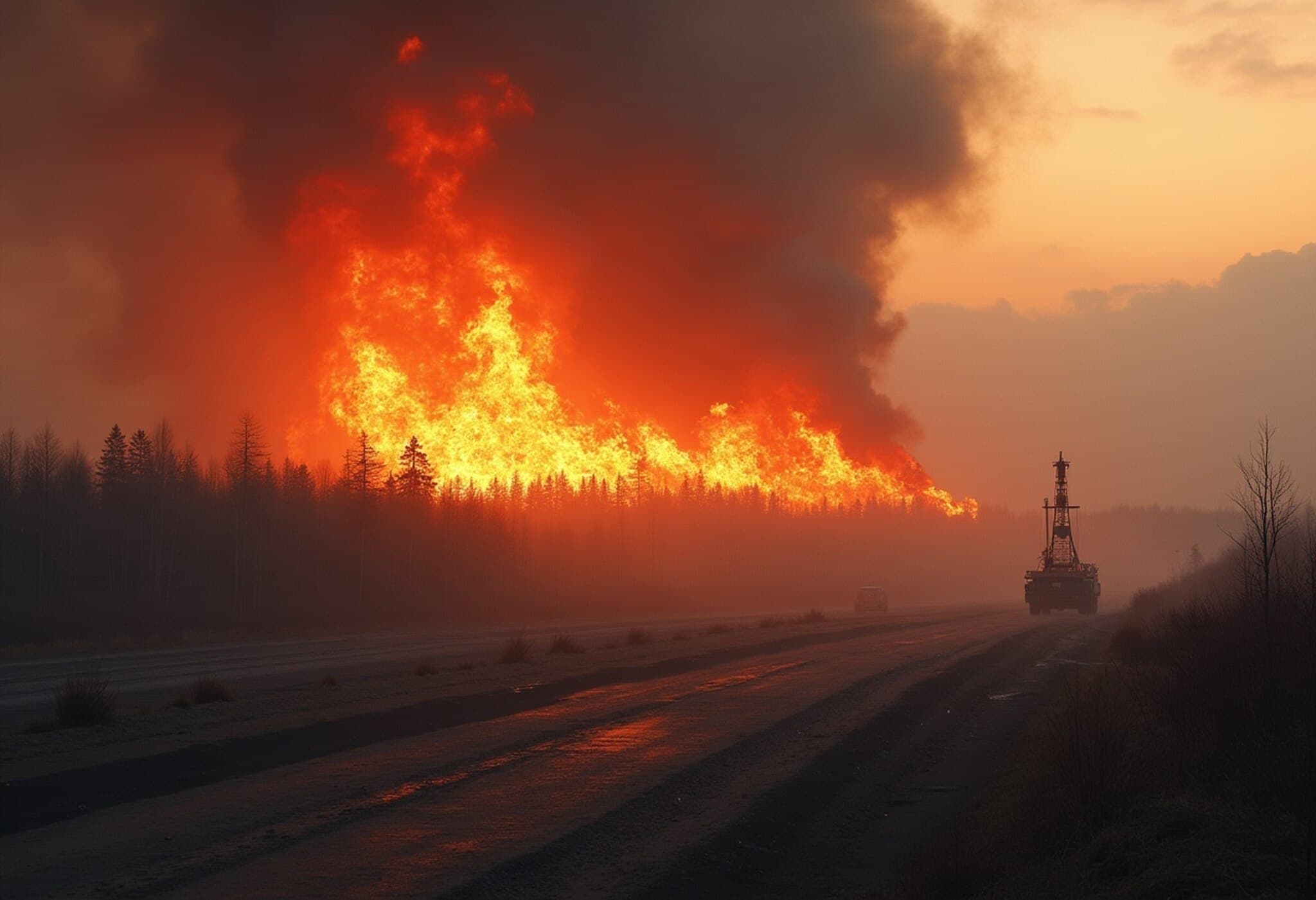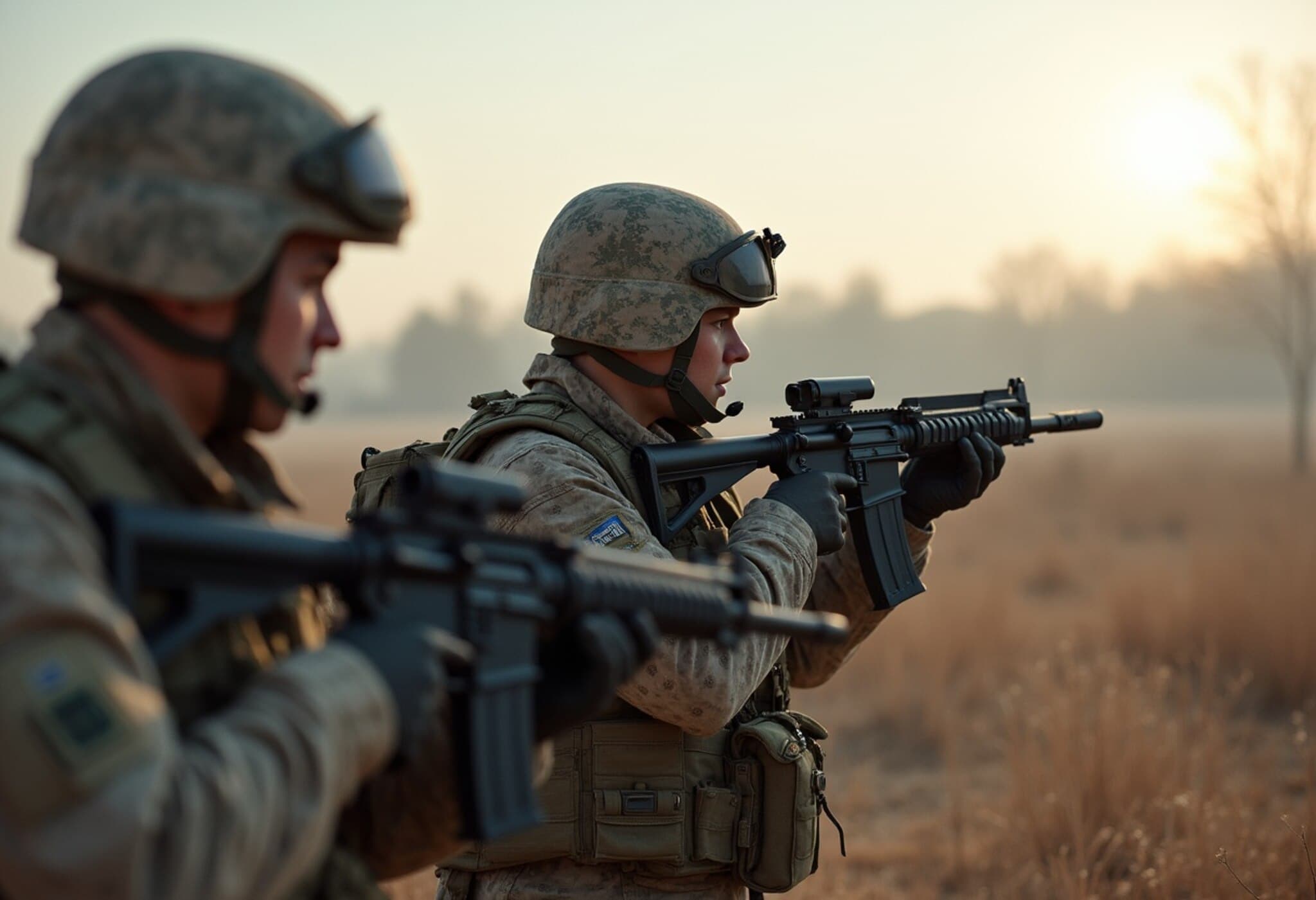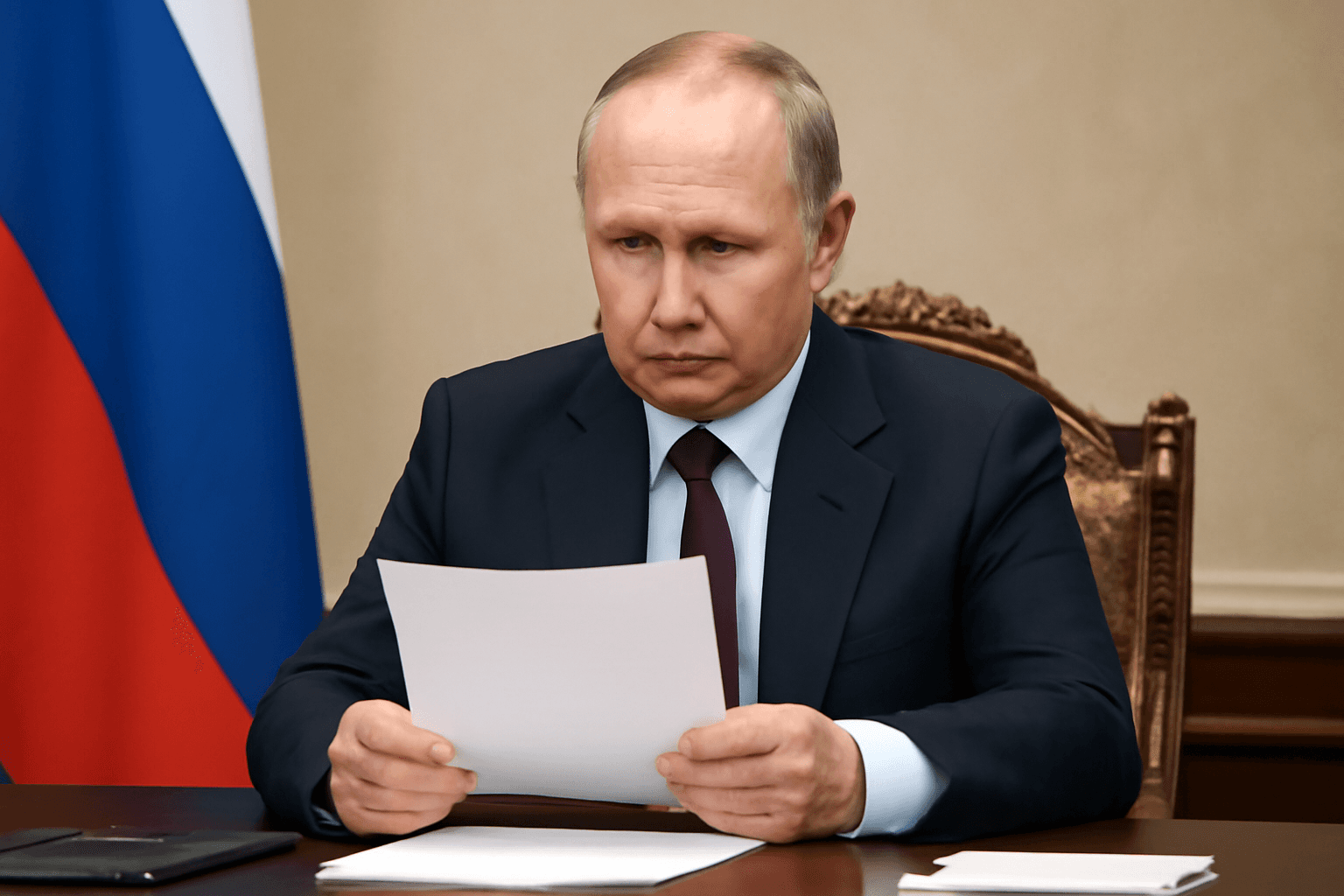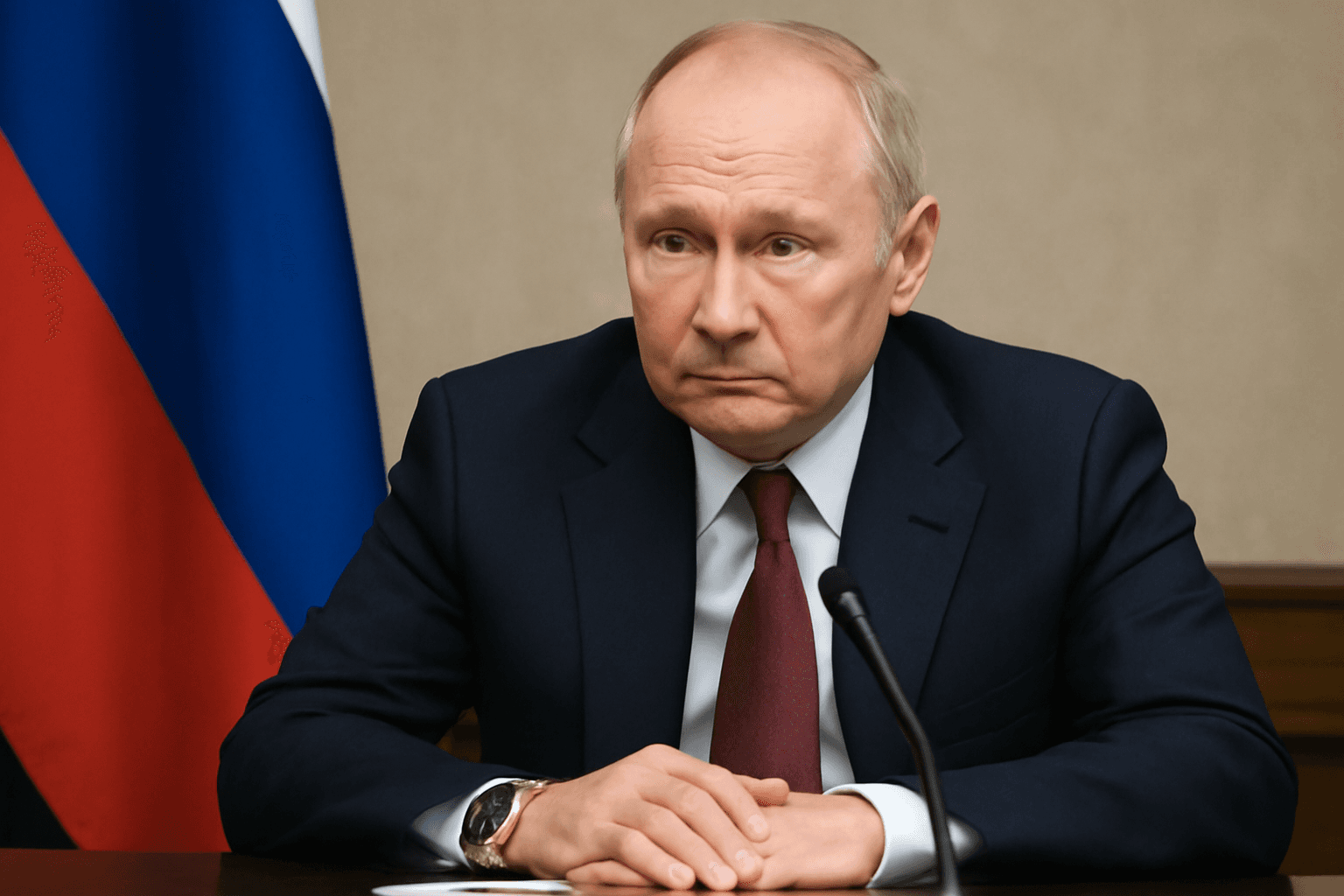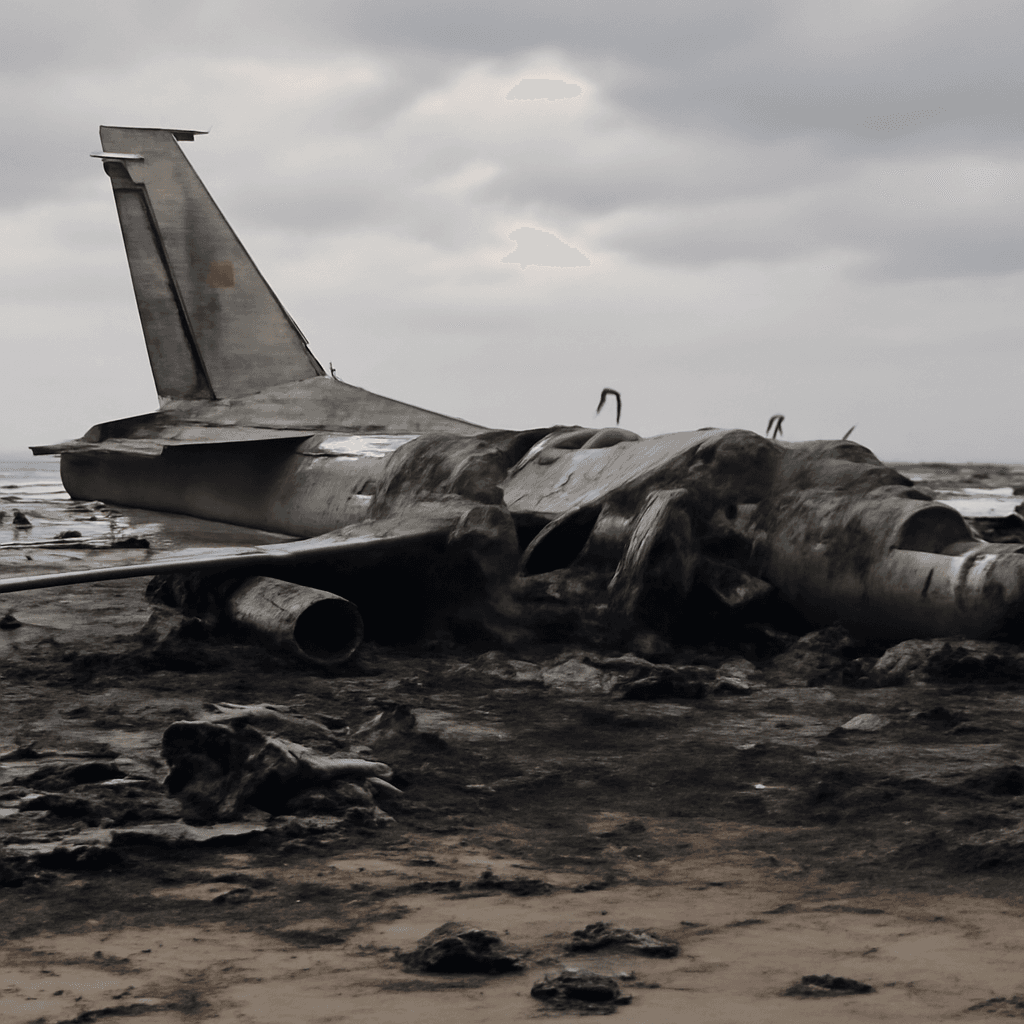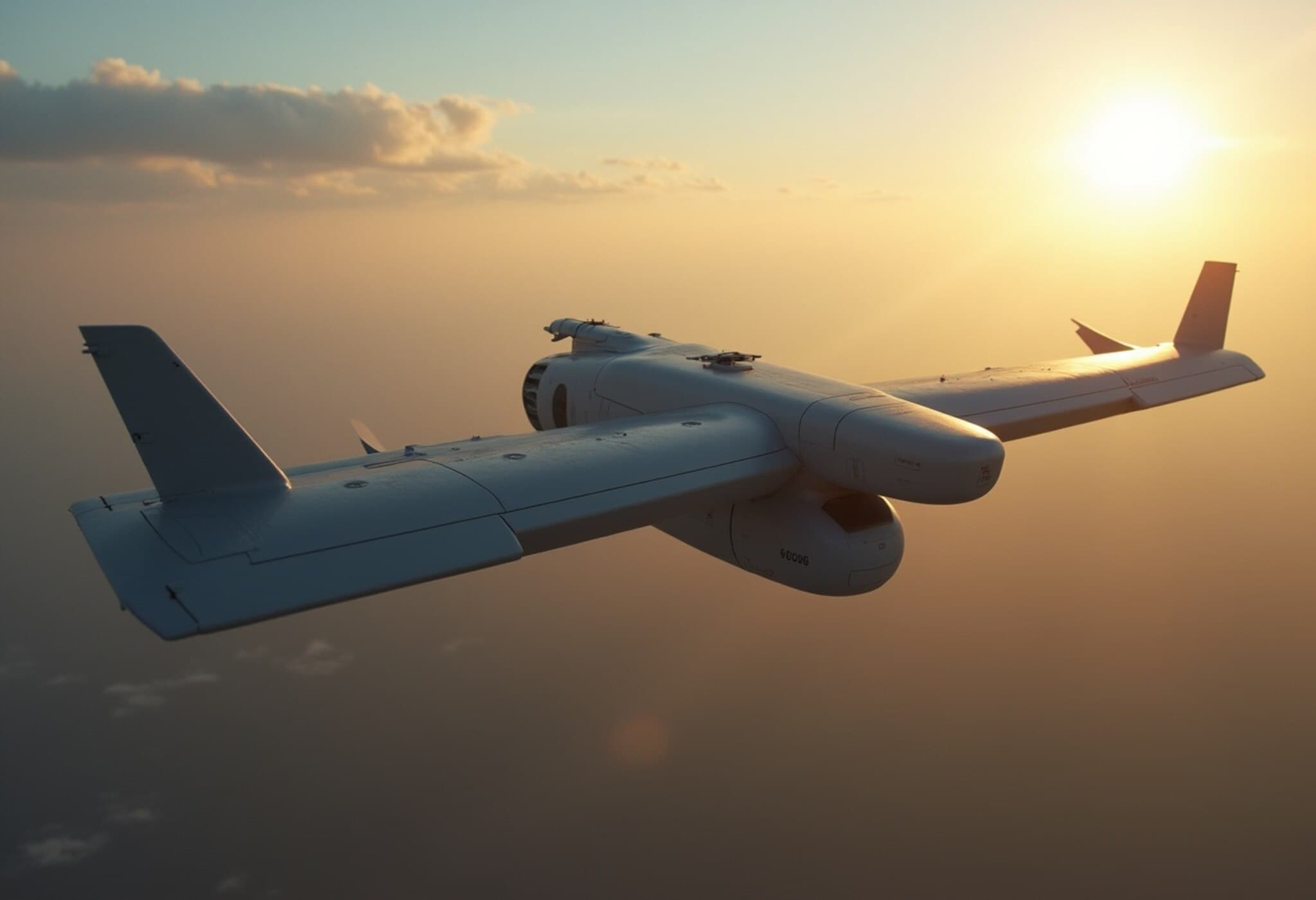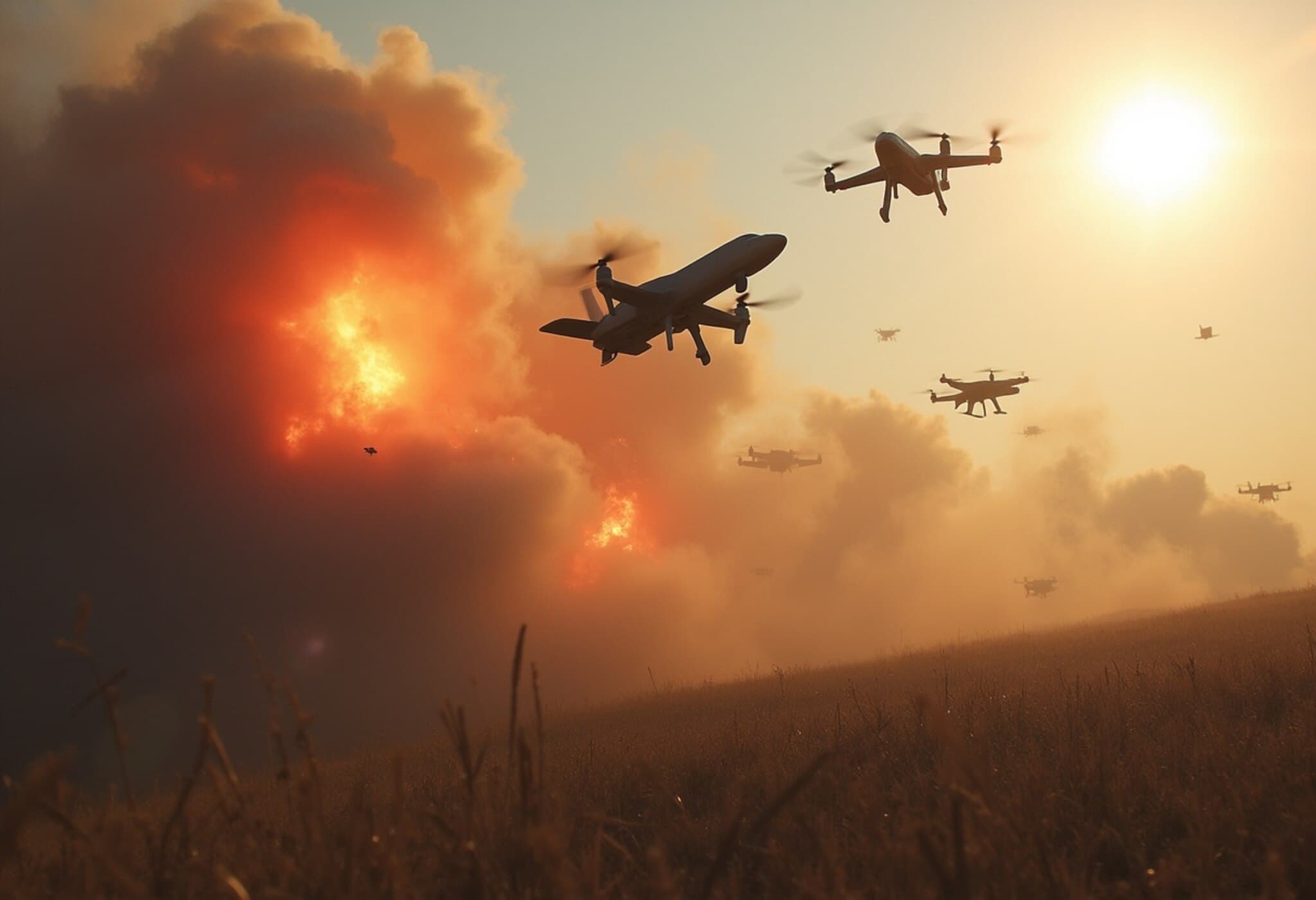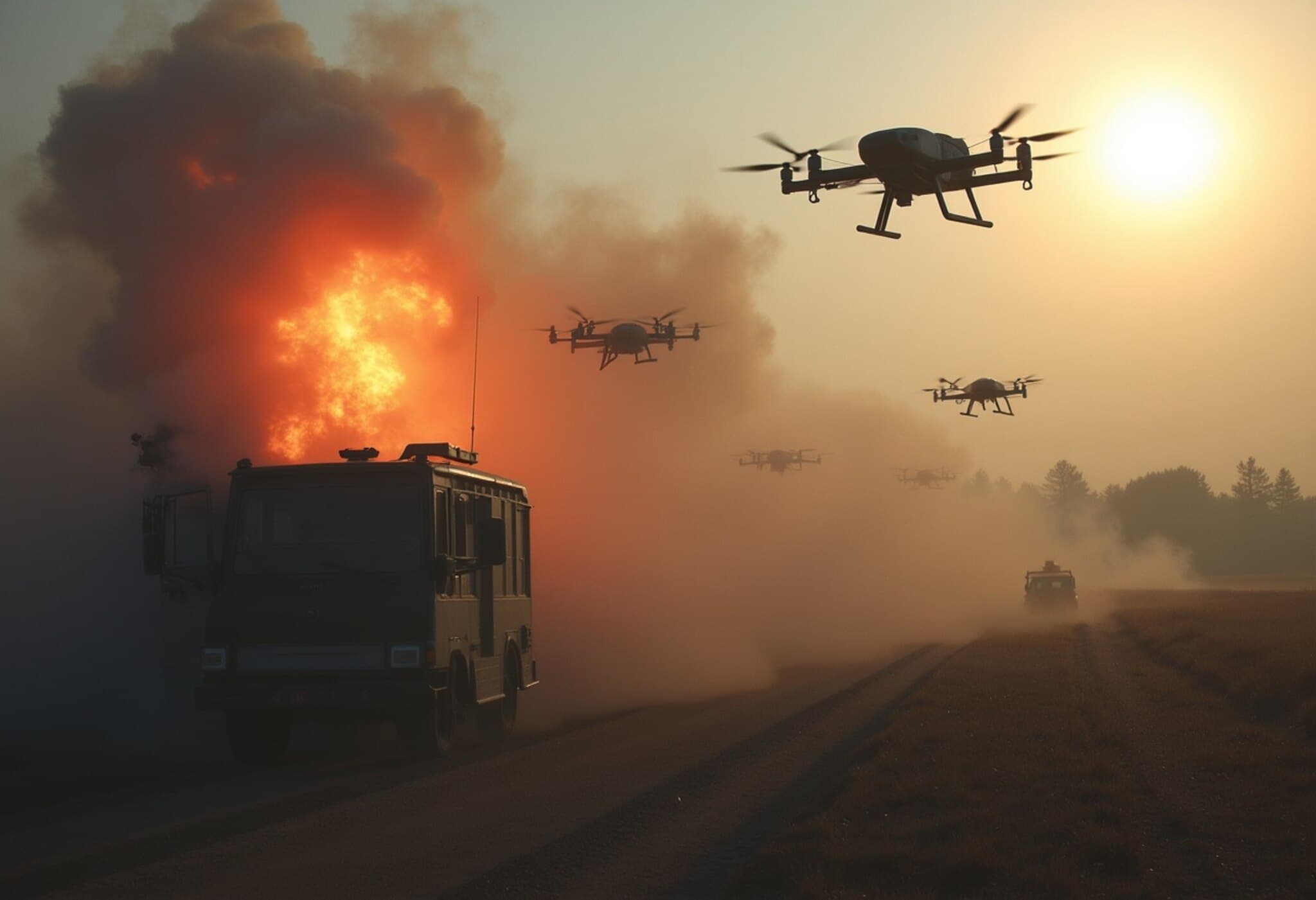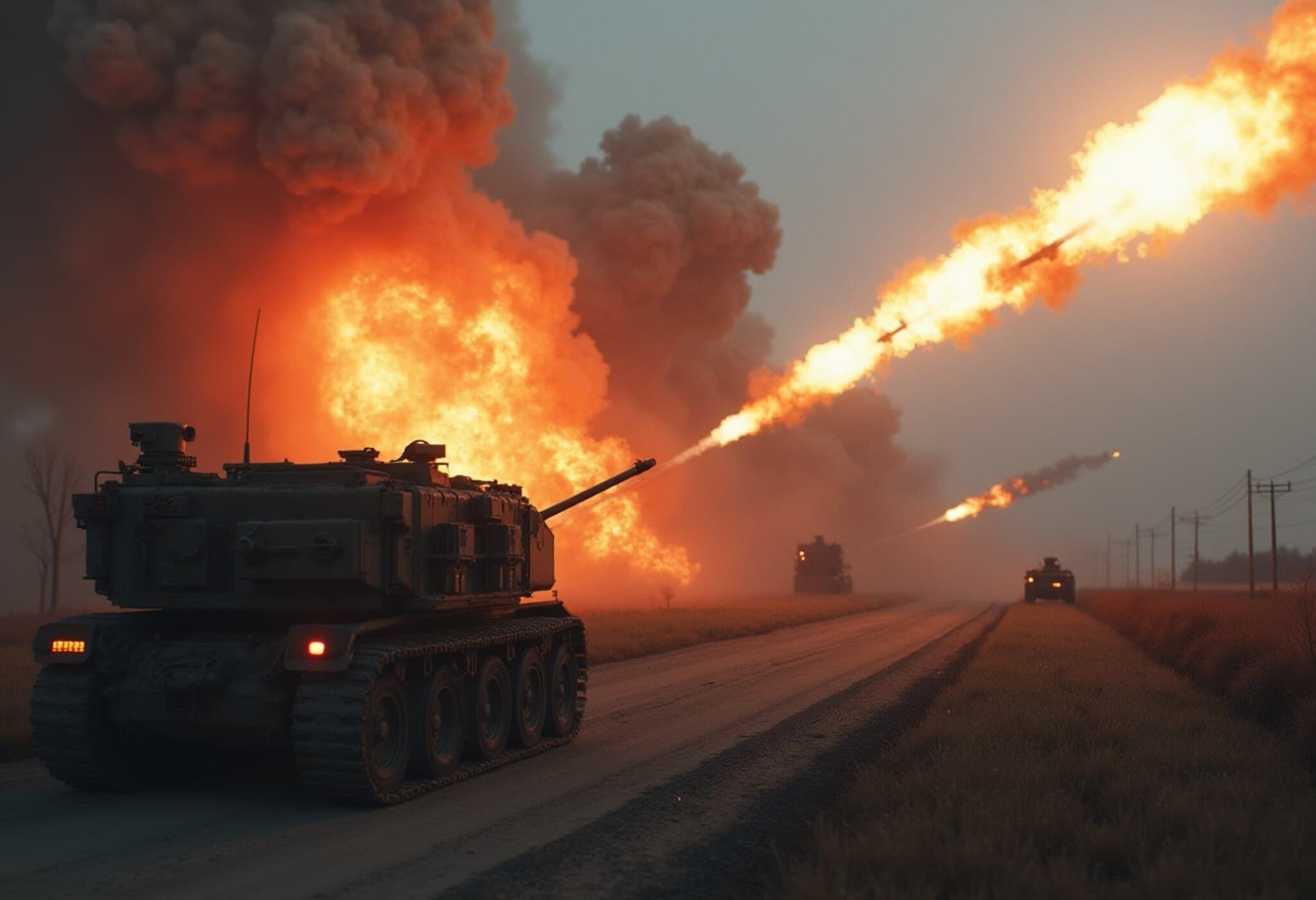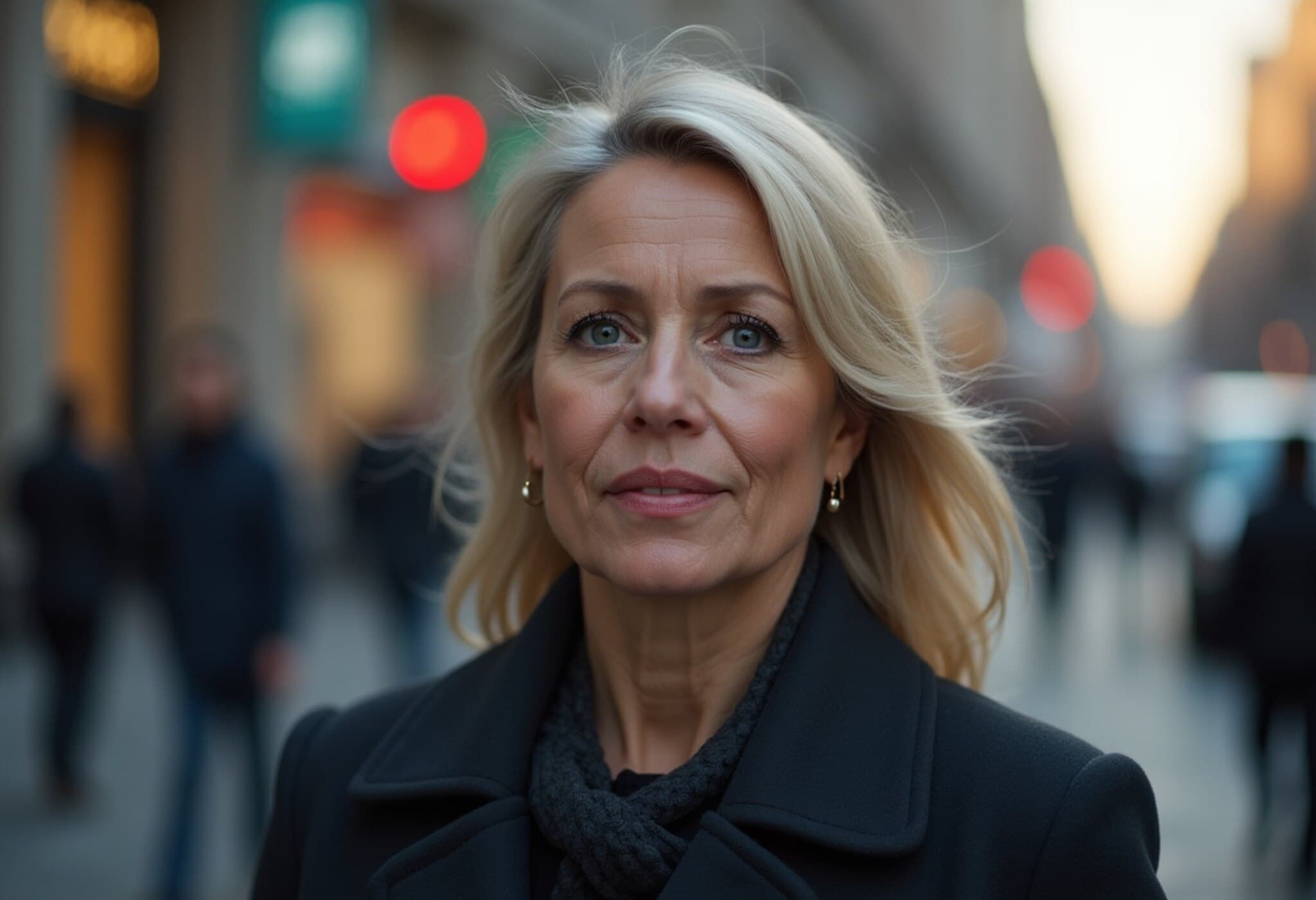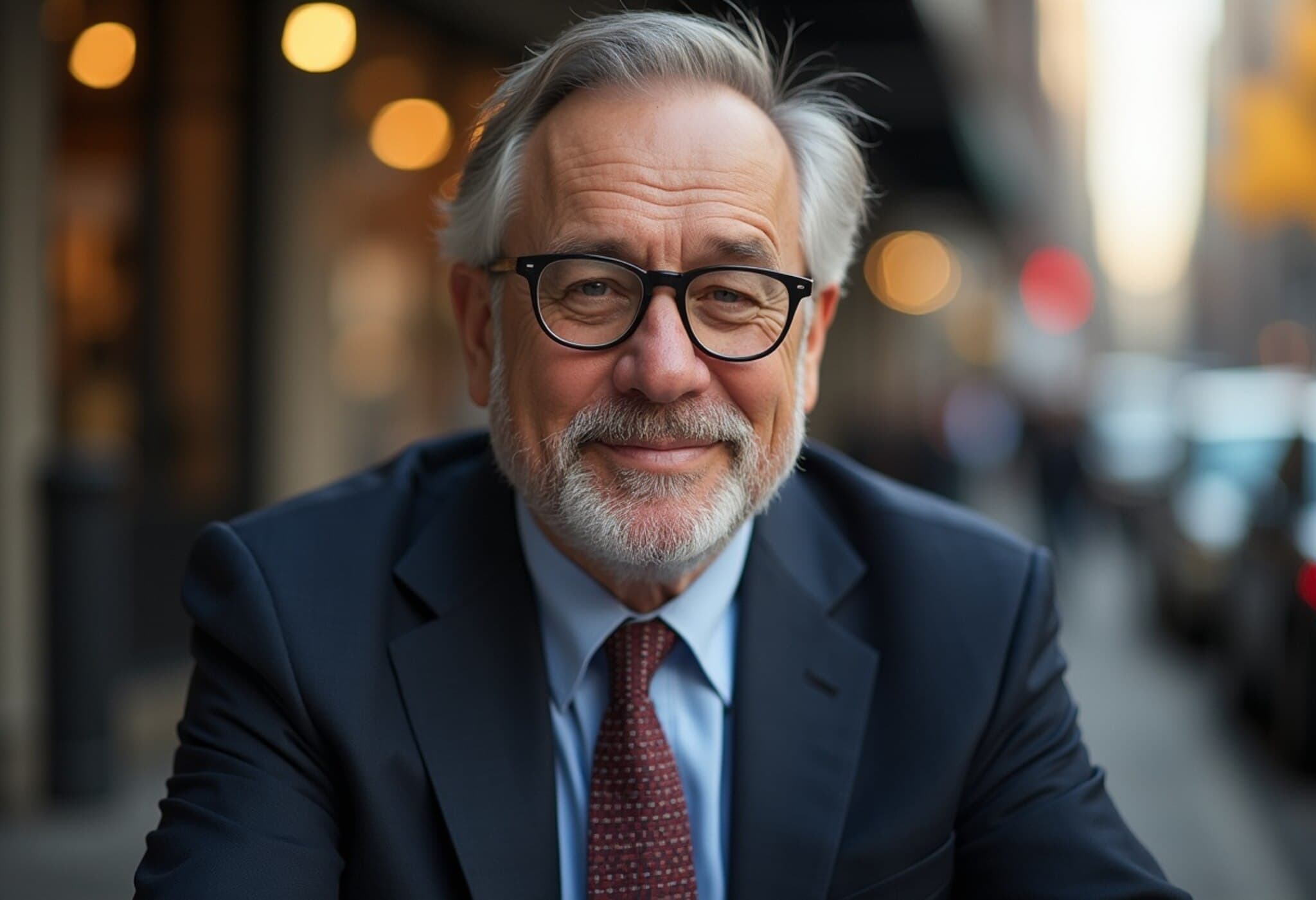A Quiet Surrey Pub, A Loud War
In the tranquil surroundings of the Hand & Spear Hotel in Surrey, England, one could almost forget the turmoil unfolding thousands of miles away. Yet, amid the calm, Shaun Hopkins, a tech worker and aid volunteer, returns from the eastern frontlines of Ukraine to share a sobering perspective.
From Surrey to Pokrovsk: The Grueling Journey of Aid
Hopkins recently completed his 60th trip, driving 3,000 kilometers each way to deliver medical supplies to the embattled town of Pokrovsk. This journey is far from routine; it carries the weight of uncertainty and danger, echoing the chaos of Ukraine’s early war days near Kyiv.
The Human Face of the Conflict
"It’s the worst I’ve seen," Shaun reflects. The echoes of destruction—blackened apartment blocks, shuttered guard posts, and the pervasive threat of drone strikes—form a grim tableau. His voice carries the weariness of someone who’s witnessed too many lives shattered but is driven by deep conviction: "Ukraine is the frontline of freedom." This belief fuels volunteers like Shaun, who tirelessly bridge continents to provide vital support.
Reality Check: What the War Looks Like Now
- Escalating Drone Warfare: Unlike the dramatic missile defense headlines, drones represent a relentless, insidious threat. Russian forces, leveraging Iranian designs and Chinese components, deploy a variety of drones—from the ominous Shahed flying triangles to improvised, almost homemade-looking quadcopters—capable of precise strikes on civilian infrastructure.
- Humanitarian Vacuum: As frontline aid groups dwindle and donor fatigue sets in globally, eastern Ukraine sees fewer international NGOs. Local volunteers and small charities pick up the slack but face immense logistical and safety challenges.
- Logistical Challenges: Vehicles are in high demand. Shaun’s network sources old SUVs from the UK, driven by volunteers across Europe to the frontlines to support Ukrainian soldiers — a testament to the improvisational nature of this prolonged conflict.
The Politics of Peace: Trump’s Proposed Deal and On-the-Ground Realities
As US President Donald Trump prepares for a summit with Vladimir Putin to discuss a potential ceasefire, the context on the ground tempers hope. Shaun’s observation that Ukrainians feel "forgotten" speaks volumes about international fatigue and geopolitical complexities.
Putin’s tactical bombardment of civilians in the lead-up to the summit reveals a grim strategic calculus—one that belies sincerity toward peace. For affected communities, any ceasefire is just the first step in a daunting, years-long humanitarian effort.
Expert Insight: Beyond the Headlines
This juxtaposition between high-level diplomacy and the brutal reality highlights a critical question for policymakers: How can peace efforts incorporate the lived experiences and urgent needs of those on the frontline?
Moreover, it raises the often overlooked challenge of sustaining humanitarian initiatives amid shifting global priorities and donor weariness.
Endurance Amid Uncertainty
Shaun’s resolve to continue this work, despite the personal toll and the daunting scale of destruction, exemplifies the human spirit’s resilience. Reflecting on past doubts and current hopes, he says simply, "I don’t know if I can keep going," yet history suggests he will.
What Lies Ahead?
While political negotiations proceed, the facts on the ground demand nuanced attention—from the evolving nature of warfare through consumer-grade drones to the unseen heroes bridging the gap between aid and need.
Editor’s Note
This report underscores a crucial dynamic: geopolitical agreements can shape the headlines, but the real battle for Ukraine’s future plays out daily in the resilience of communities and volunteers like Shaun. As readers, we are called to look beyond the soundbites and recognize both the immense challenges and the enduring courage fueling this conflict’s humanitarian lifeline. What role will the international community play in sustaining support if a ceasefire is declared? And how might emerging technologies redefine both warfare and aid delivery moving forward?


